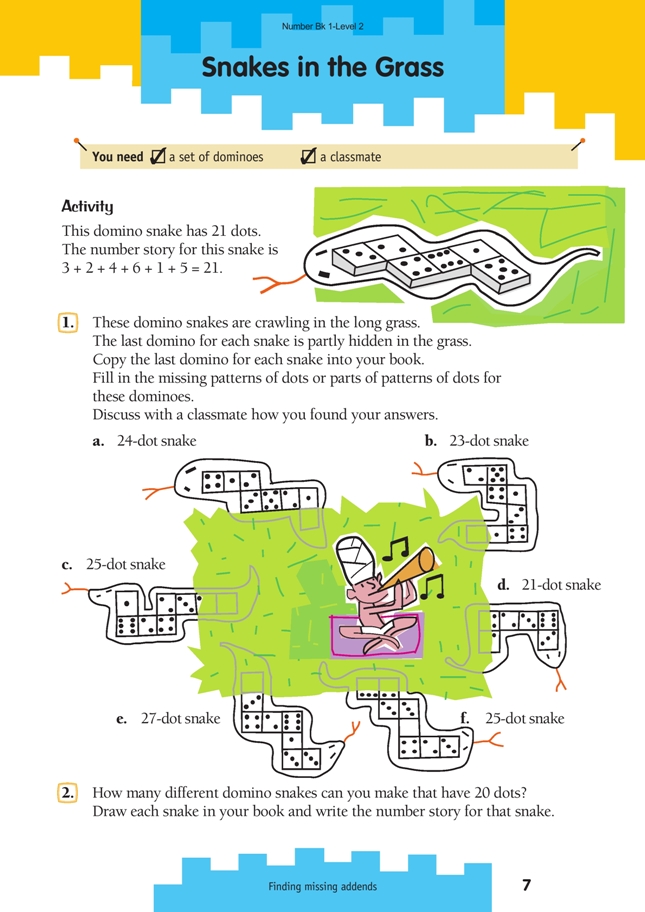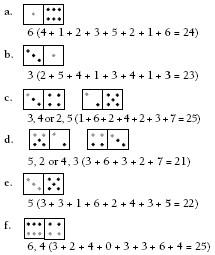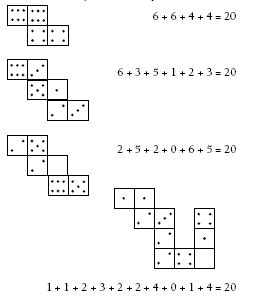This is a level 2 number activity from the Figure It Out series. It relates to Stage 5 of the Number Framework.
A PDF of the student activity is included.
Click on the image to enlarge it. Click again to close. Download PDF (111 KB)
find missing addends
FIO, Level 2, Number, Book 1, Snakes in the Grass, page 7
classmate
The problems in this activity are missing-addend type problems, where the students work out what number of dots are on the hidden dominoes.
There are four parts to each snake problem:
• finding the total number of dots on the exposed dominoes;
• working out the difference between that number and the given total;
• working out what pairs of numbers make up the difference number, for example, 6 could be represented by the domino combinations 5 and 1, 4 and 2, or double 3;
• deciding which combination(s) matches the dot patterns on the partially exposed domino.
At this level, the students should recognise the dot patterns on the dominoes (which are the same as the patterns on dice) without needing to count each dot. When the students are finding the total number of dots, encourage them to use strategies to help them add more quickly. They could look for pairs or groups of numbers that make 10, and using their doubles knowledge may be helpful with some of the problems. For example, in the 21-dot snake shown in the example, the students might see that 3 + 2 + 5 = 10, 6 + 4 = 10, and one more makes 21.
After the students have done question 2, you could further challenge them by asking them to make exactly 20 using the smallest or greatest number of dominoes possible, or you could pose problems such as “How many different ways can you make 20 with three dominoes? What about five dominoes?” As well as this, the total could be changed to another number, say, 22. If the students already have several domino snakes whose totals are 20, can they think of a way to quickly increase their totals to 22? (They could change one domino for a domino with two more dots.)
As an extension, the students could make up number snake problems for their classmates to solve.
Answers to Activity
Activity
1.
2. Answers will vary. Some examples are:


